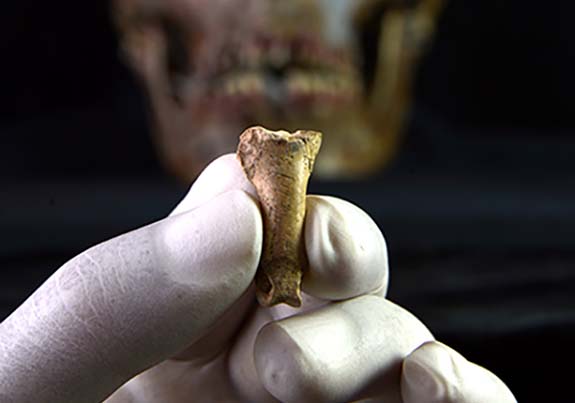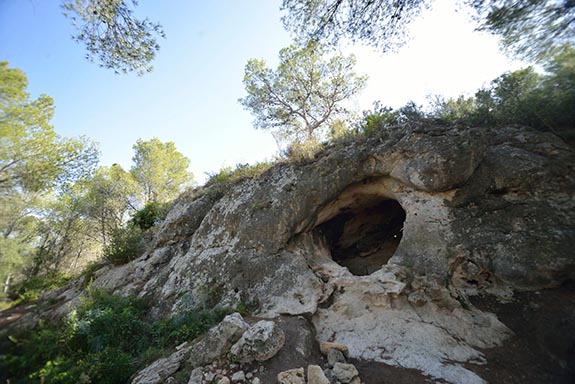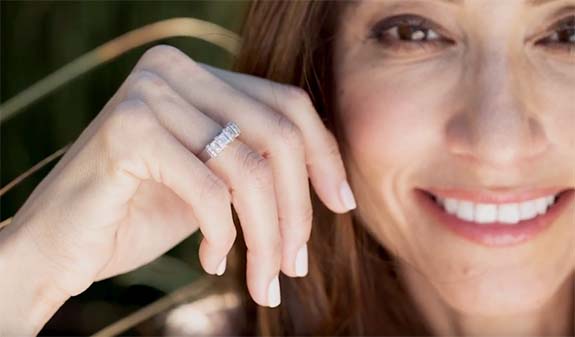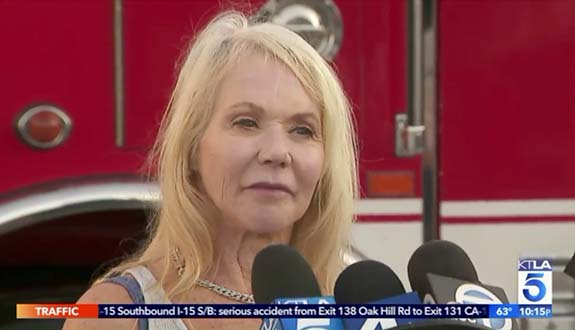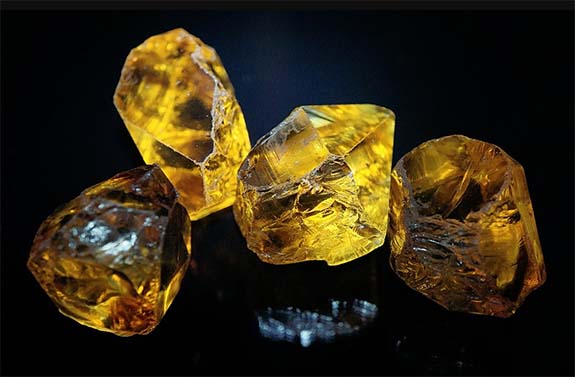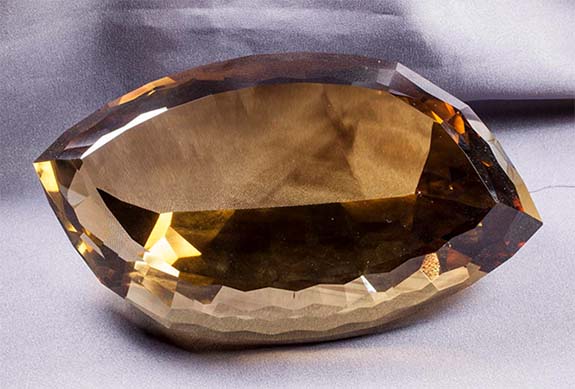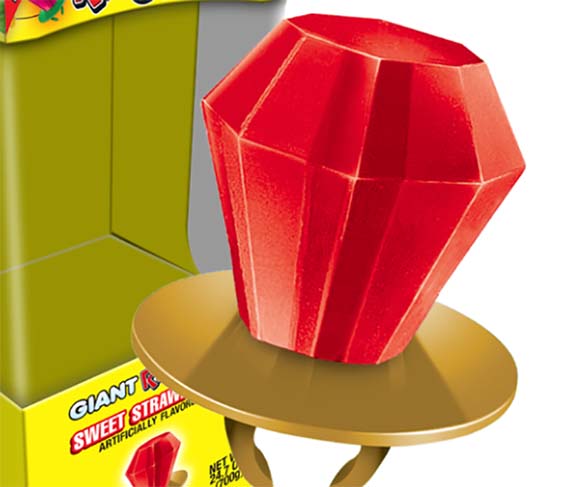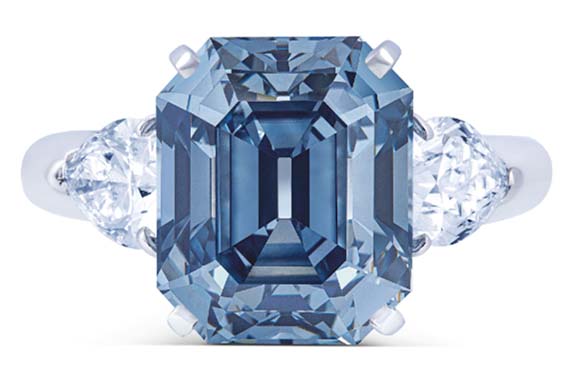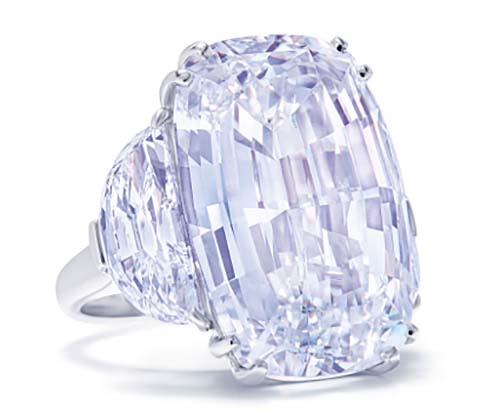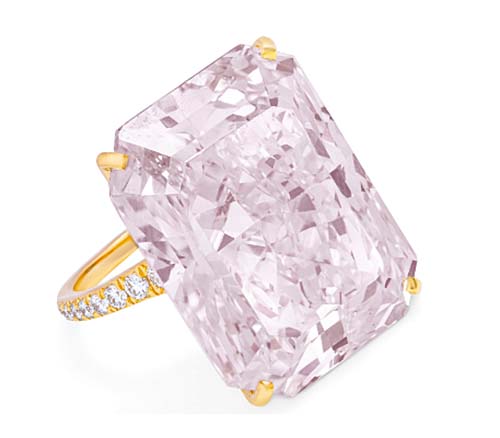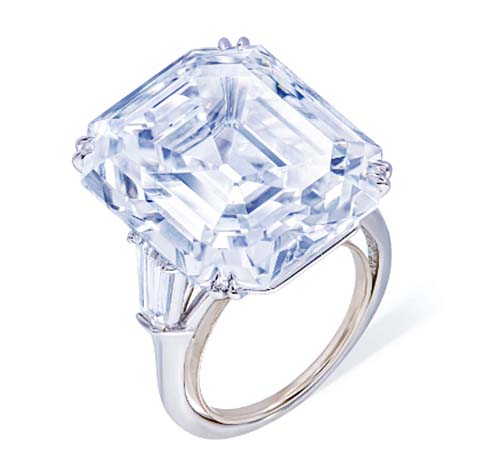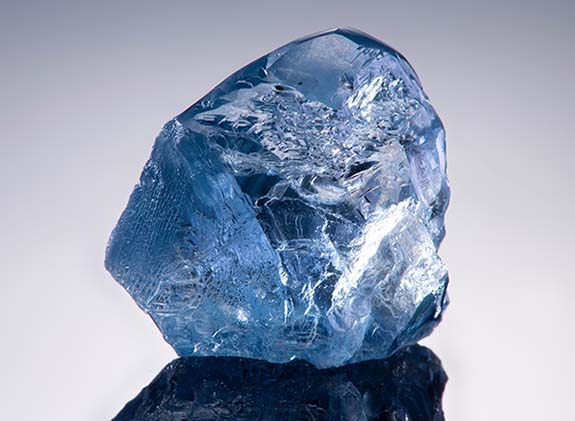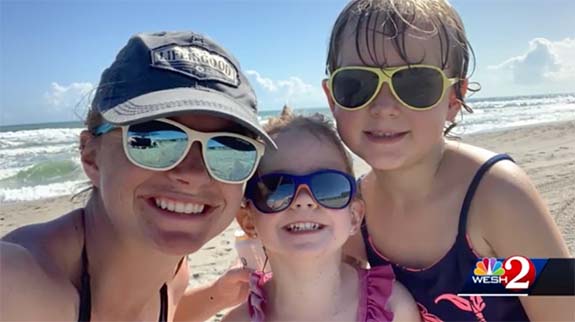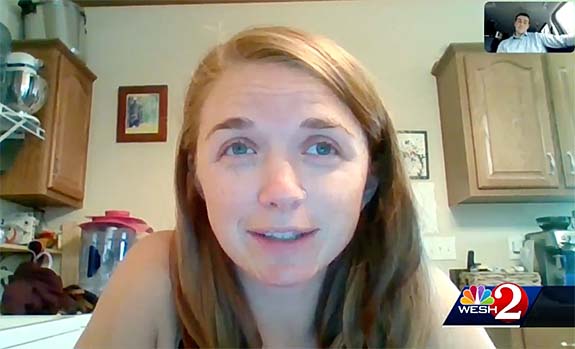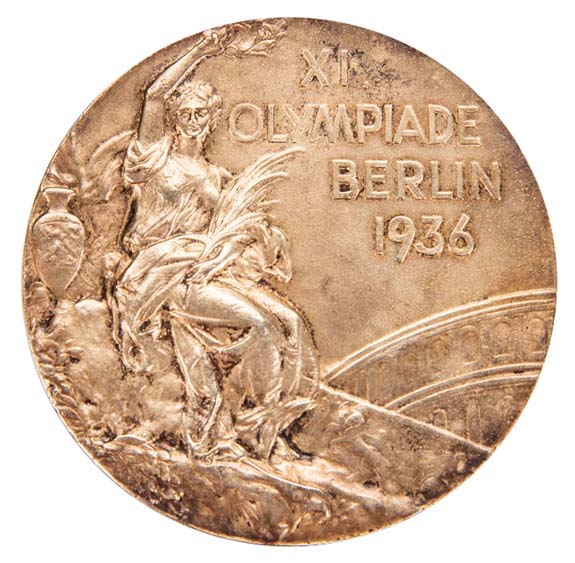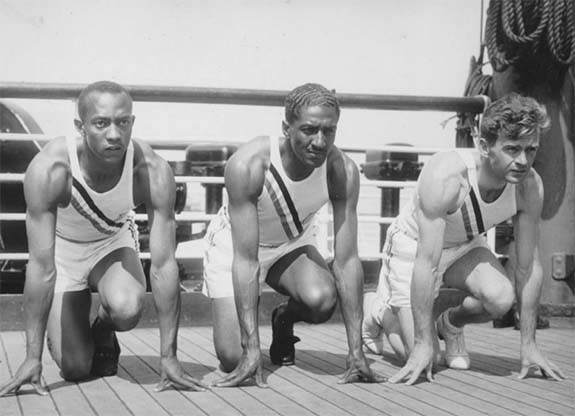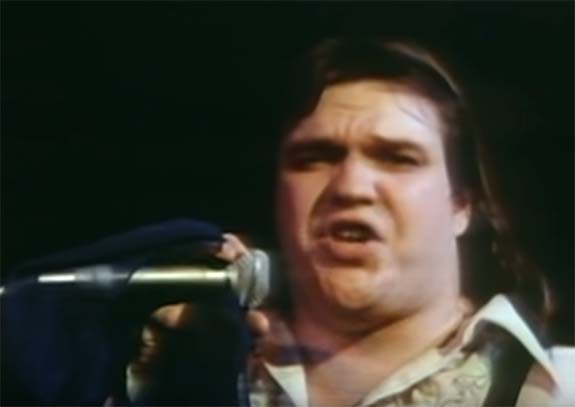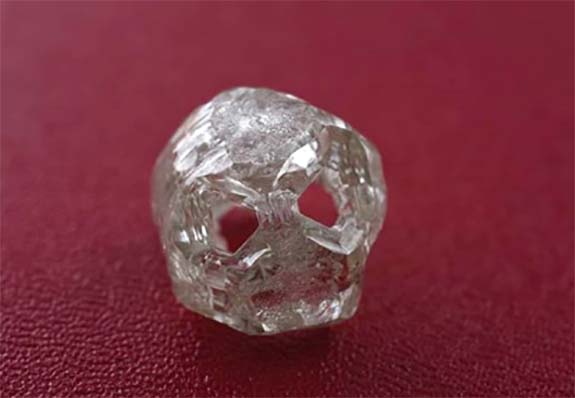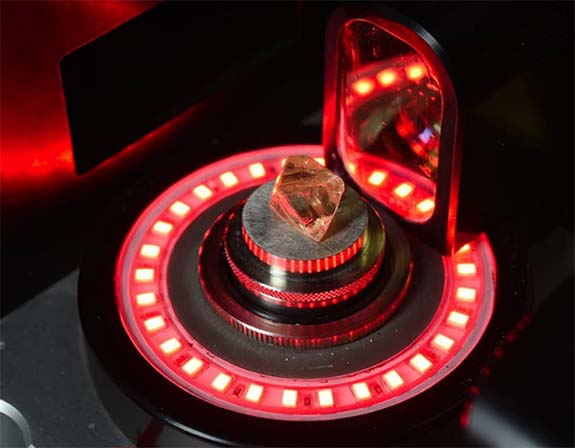November 1st, 2019
Welcome to Music Friday when we bring your awesome tunes with jewelry, gemstones or precious metals in the title or lyrics. Today, we honor one of November's two official birthstones by sharing the little-known backstory of the B-52s' 1989 release, "Topaz."
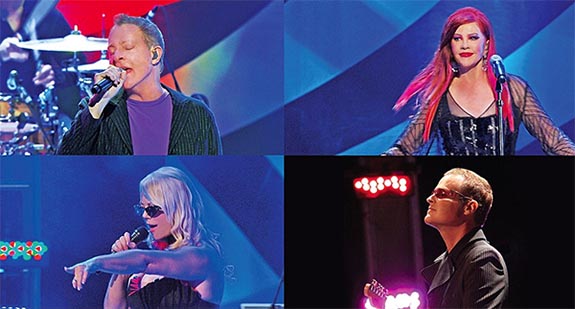
Appearing as the ninth track on its blockbuster album, Cosmic Thing, "Topaz" is a breezy song about a fanciful city by the sea, where blue dolphins are singing, skyscrapers are winking and minds swim in ecstasy.
What most people don't know is that the group had been struggling with the song. They couldn't come up with a title or a hook.
B-52s vocalist and keyboardist Kate Pierson told the Onion AV Club that the song came together after she consulted with a Maine-based psychic.
“You have two more songs that you should write before you record… and one of them is ‘Topaz,’” Pierson remembered the psychic saying. “I just see the word ‘topaz.’”
In that one word, the band had their title and their chorus.
“We were, like, ‘Oh, my God: Topaz is the perfect name for this new city by the sea!’” Pierson said.
Drummer Keith Strickland was sure the group was on the right track when — in a moment of serendipity — he drove by a billboard promoting a Mercury automobile that read: “Topaz: The Right Choice.”
“In retrospect, it seemed so auspicious that that should happen,” Pierson told the Onion AV Club. “So we started jamming with those lyrics, and it just came together beautifully. The lyrics just make me tingle. It’s very meaningful. No matter how many times we sing it, it just feels very heartfelt. And it’s one of those songs that everyone knows, so when we play it, everybody gets up and starts shaking it a little bit.”
Although "Topaz" was never released as a single, it was an important track on an album that charted in eight countries and reached #9 on the U.S. Billboard 200 chart.
The B-52s were formed in Athens, Ga., in 1976, and scored their first big hit, “Rock Lobster,” in 1978. The band’s name relates to the beehive hairdo Pierson and Cindy Wilson sported during the band’s early years. The shape of their beehives resembled the nosecone of a B-52 bomber.
Rooted in new wave, the group continues to perform with original band members Pierson, Fred Schneider, Wilson and Keith Strickland. Among the group's most popular songs are "Planet Claire," "Private Idaho," "Whammy Kiss," "Party Out of Bounds," "Wig," "Love Shack" and "Roam."
Please check out the audio track of the B-52s performing "Topaz." The lyrics are below if you’d like to sing along…
“Topaz”
Written and performed by The B-52s.
New cities by the sea
Skyscrapers are winking
Some hills are never seen
The universe expanding
We’re gazing out to sea
Blue dolphins are singing
Minds swim in ecstasy
Clear planet, ever free
Topaz
Our hearts are traveling faster,
Faster than the speed of love
Straight through a tear in the clouds
Up to the heavens above
Bright ships will sail the seas
Starfishes are spinning
Some hills are never seen
Our universe is expanding
Moonrise upon the sea
Starships are blinking
We’ll walk in ecstasy
Clear planet blue and green
Topaz
Our thoughts are traveling faster
Moving beyond the heavens above
Planets pulsating, constellations creating
Voices are guiding me to the cities by the sea
Yes, I see cities by the sea
Deep forests by the sea
Skyscrapers are winking
Some hills are never seen
The universe is expanding
Topaz
Credit: Collage by KevinPatrickLaw [CC BY-SA 4.0], via Wikimedia Commons.

Appearing as the ninth track on its blockbuster album, Cosmic Thing, "Topaz" is a breezy song about a fanciful city by the sea, where blue dolphins are singing, skyscrapers are winking and minds swim in ecstasy.
What most people don't know is that the group had been struggling with the song. They couldn't come up with a title or a hook.
B-52s vocalist and keyboardist Kate Pierson told the Onion AV Club that the song came together after she consulted with a Maine-based psychic.
“You have two more songs that you should write before you record… and one of them is ‘Topaz,’” Pierson remembered the psychic saying. “I just see the word ‘topaz.’”
In that one word, the band had their title and their chorus.
“We were, like, ‘Oh, my God: Topaz is the perfect name for this new city by the sea!’” Pierson said.
Drummer Keith Strickland was sure the group was on the right track when — in a moment of serendipity — he drove by a billboard promoting a Mercury automobile that read: “Topaz: The Right Choice.”
“In retrospect, it seemed so auspicious that that should happen,” Pierson told the Onion AV Club. “So we started jamming with those lyrics, and it just came together beautifully. The lyrics just make me tingle. It’s very meaningful. No matter how many times we sing it, it just feels very heartfelt. And it’s one of those songs that everyone knows, so when we play it, everybody gets up and starts shaking it a little bit.”
Although "Topaz" was never released as a single, it was an important track on an album that charted in eight countries and reached #9 on the U.S. Billboard 200 chart.
The B-52s were formed in Athens, Ga., in 1976, and scored their first big hit, “Rock Lobster,” in 1978. The band’s name relates to the beehive hairdo Pierson and Cindy Wilson sported during the band’s early years. The shape of their beehives resembled the nosecone of a B-52 bomber.
Rooted in new wave, the group continues to perform with original band members Pierson, Fred Schneider, Wilson and Keith Strickland. Among the group's most popular songs are "Planet Claire," "Private Idaho," "Whammy Kiss," "Party Out of Bounds," "Wig," "Love Shack" and "Roam."
Please check out the audio track of the B-52s performing "Topaz." The lyrics are below if you’d like to sing along…
“Topaz”
Written and performed by The B-52s.
New cities by the sea
Skyscrapers are winking
Some hills are never seen
The universe expanding
We’re gazing out to sea
Blue dolphins are singing
Minds swim in ecstasy
Clear planet, ever free
Topaz
Our hearts are traveling faster,
Faster than the speed of love
Straight through a tear in the clouds
Up to the heavens above
Bright ships will sail the seas
Starfishes are spinning
Some hills are never seen
Our universe is expanding
Moonrise upon the sea
Starships are blinking
We’ll walk in ecstasy
Clear planet blue and green
Topaz
Our thoughts are traveling faster
Moving beyond the heavens above
Planets pulsating, constellations creating
Voices are guiding me to the cities by the sea
Yes, I see cities by the sea
Deep forests by the sea
Skyscrapers are winking
Some hills are never seen
The universe is expanding
Topaz
Credit: Collage by KevinPatrickLaw [CC BY-SA 4.0], via Wikimedia Commons.



